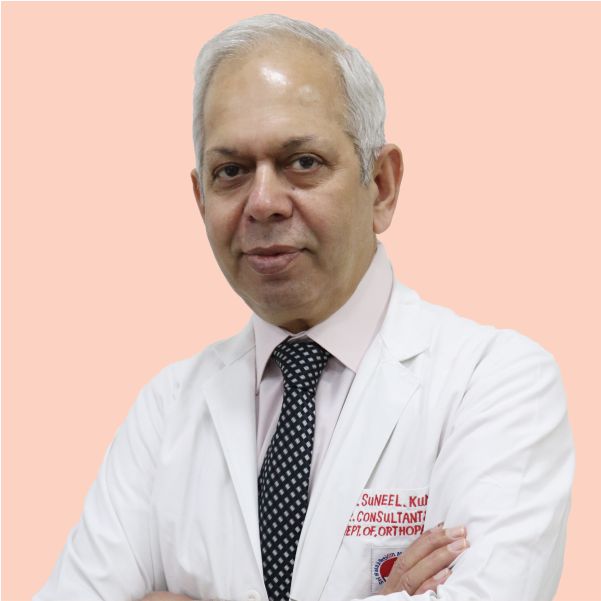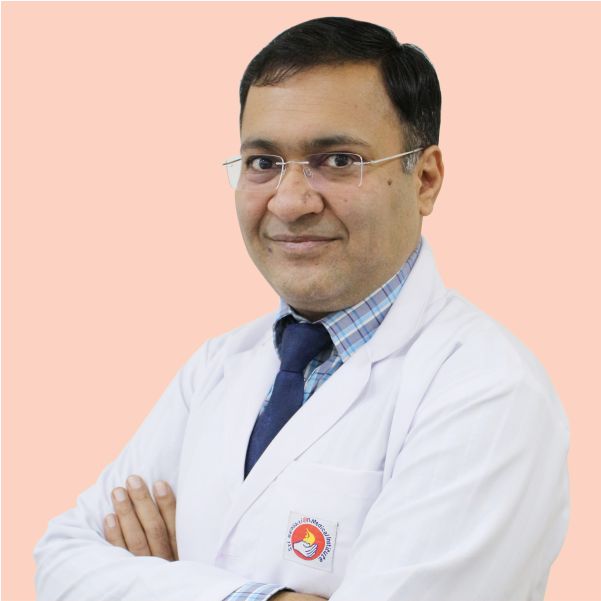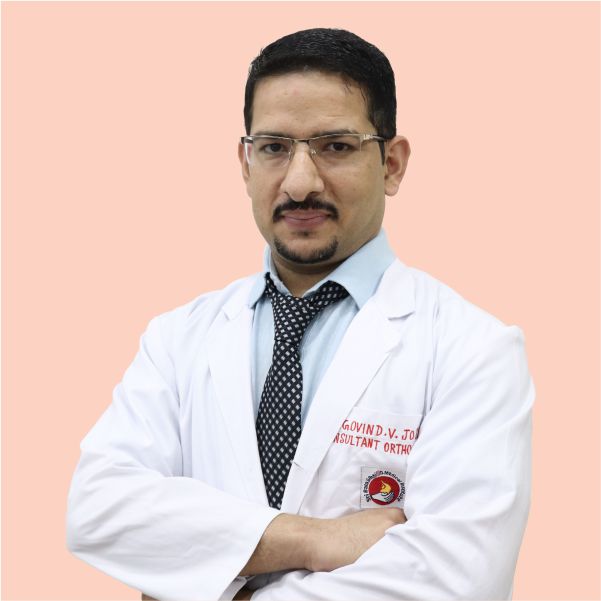Orthopaedic trauma refers to injuries involving the musculoskeletal system, which includes bones, joints, ligaments, tendons, and muscles. These injuries often result from accidents, falls, sports mishaps, or other traumatic events. Orthopaedic trauma care is a specialized branch of medicine dedicated to the assessment, treatment, and rehabilitation of such injuries. It encompasses a range of techniques and approaches designed to restore mobility, functionality, and quality of life for individuals affected by traumatic musculoskeletal injuries.
Call 011-42888888 to book an appointment with a specialist at Sri Balaji Action Medical Institute.

Unit Head & Sr. Consultant

Unit Head & Sr. Consultant
.jpg)
Sr. Consultant

Consultant

Unit Head & Sr. Consultant

Consultant

Consultant